Art in the City
- 2016-07-22
A set of sculptures recently sparked calls of panic. Does Hong Kong appreciate public art?
By Emily Cheung
When the public art installation "Event Horizon Hong Kong" , first went on display on a rooftop in Central in November, 2015, people mistook the sculpture of a life-sized naked man as a suicide suspect and called the police.
"I spotted it a long time ago. But to be honest, I don't know why it has to be there," said Ms Chu Tze-yan, who works nearby.
The controversial art project featured 31 fiberglass sculptures by artist, Antony Gormley. The figures stand on streets or rooftops across the city. "The idea was to underline the relationship between human and space," says Mr Gormley.
"Public art allows free thinking and the community may not feel comfortable with sculptures like that at first," said Antony J. Chan, the British Council's Head of Art and Creative Industries, who organized "Event Horizon Hong Kong" .
Mr Chan believes that the police calls that resulted from his artwork show a lack of understanding of public art.
But Hong Kong is no stranger to public art . In early 1999, the government launched a Public Art Scheme to boost creativity and to bring artistic elements to the public. Since then, more than 20 sets of public art pieces have been on display.
What is regarded by some as sophisticated public art, such as Mr Gormley's naked men, is seldom appreciated. Instead, many seem to think that art should be decorative rather than artistic expression.
"I don't see the need to understand those artwork thoroughly. It is fine a long as they make the place more beautiful and visually attractive ," said Travis Mackenzie, a tourist from Washington.
He and many tourists find pleasure in seeing the artwork, though some do not get the artist's intended message.
To foster better understanding of Mr Gormley's work, the British Council organized a series of outreach programmes, ranging from workshops to an online promotion campaign.
"Public art allows free thinking and the community may not feel comfortable with sculptures like that at first," said Mr Chan.
"These events are useful in promoting the values of public art " said Mr Chan. "We hope to show people how to better appreciate public art."
Mak Yee-man, a Hong Kong sculptor, agrees that the community needs to be educated on art appreciation. She created a sound installation called "The Symphony of Nature", displayed at Trade and Industry Tower in San Po Kong.
It is a C-shaped piece of brass which vibrates with movement. The vibration can be heard by putting one's ears near the brass shape. The idea is to get people to appreciate the sound in the environment which Ms Mak believes is so often ignored in a fast-paced society.
"My artwork and sound installation are difficult to understand because they are abstract, so usually people need more guidance to appreciate them" said Ms Mak.
There is a QR code linked to a soundtrack of vibration his right next to the artwork. There are also promotional tours targeted at children.
Ms Joanne Wong, who works at Trade and Industry Tower said that she didn't realize that she needed to hear the sound from the artwork in order to appreciate it.
"I wouldn't understand it if I just pass by the sculpture, but as I always see it during my lunch break. I know it has something to do with nature from its appearance," said Ms Wong.
Given the subtlety behind her work, Mak thought the piece must first be visually attractive.
"I don't expect people to understand my work at once. I hope it can make a visual impact on them first, and then leave them space to think, so that they will come back and appreciate it again," Ms Mak said.
Another artist, Roger Mak, echoes her opinion. He works with Brainrental, an art organisation that recently created sets of step painting at PMQ in Sheung Wan . The idea was to convey Hong Kong's hospitality using symbols that represent "welcome".
"It is normal that people have different interpretations of an artwork. It doesn't matter if they cannot get our message clearly. It is more important to attract people first and leave a space for them to think," Mr Mak said.
While detailed explanations in museums and art galleries may enable visitors to understand the artist's' message, when it comes to public art, it's more a case of live with it, whether or not you get it.
(Edited by Fred Lai)
《The Young Reporter》
The Young Reporter (TYR) started as a newspaper in 1969. Today, it is published across multiple media platforms and updated constantly to bring the latest news and analyses to its readers.

Stretched to the limits

Connecting with Tattoos

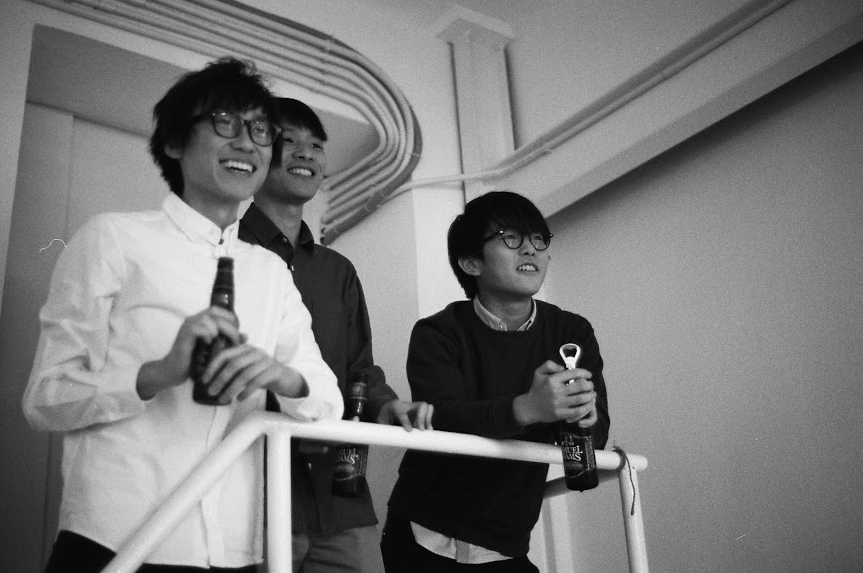
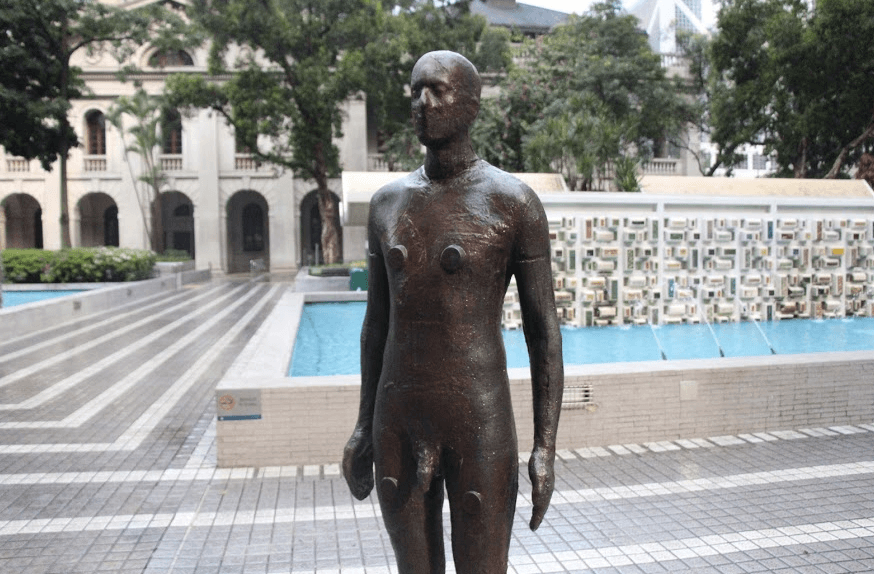
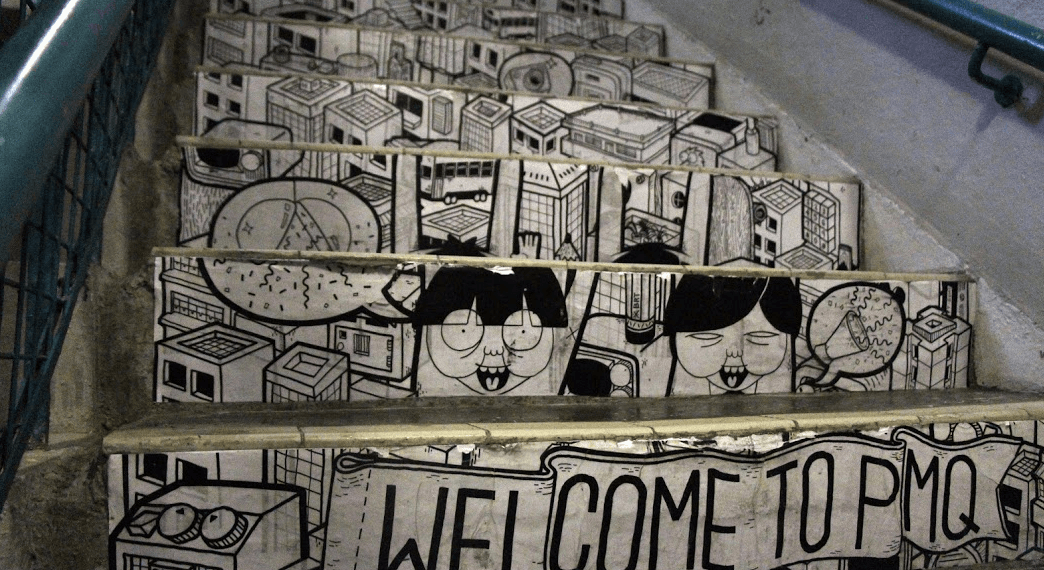
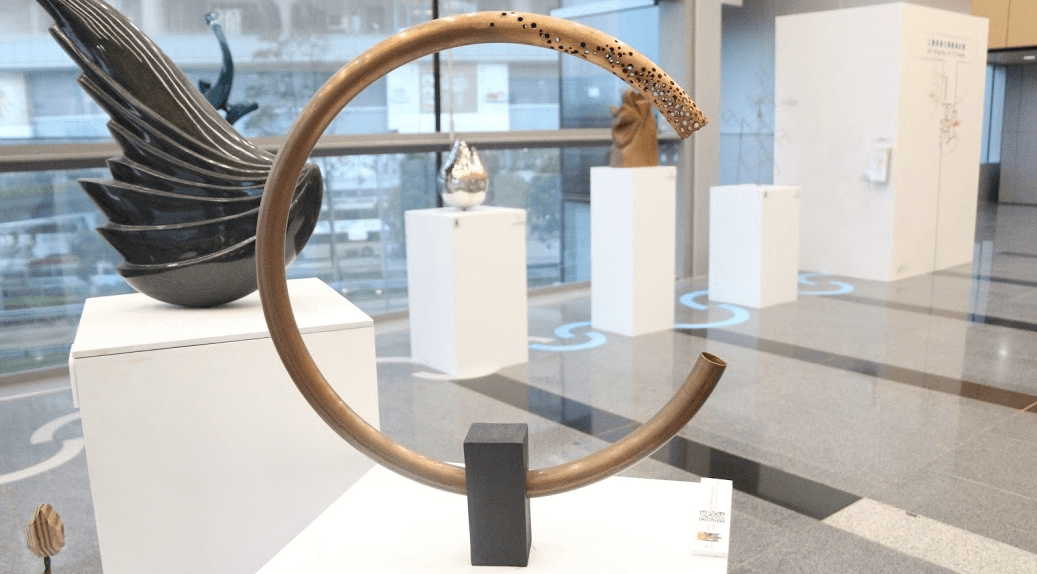
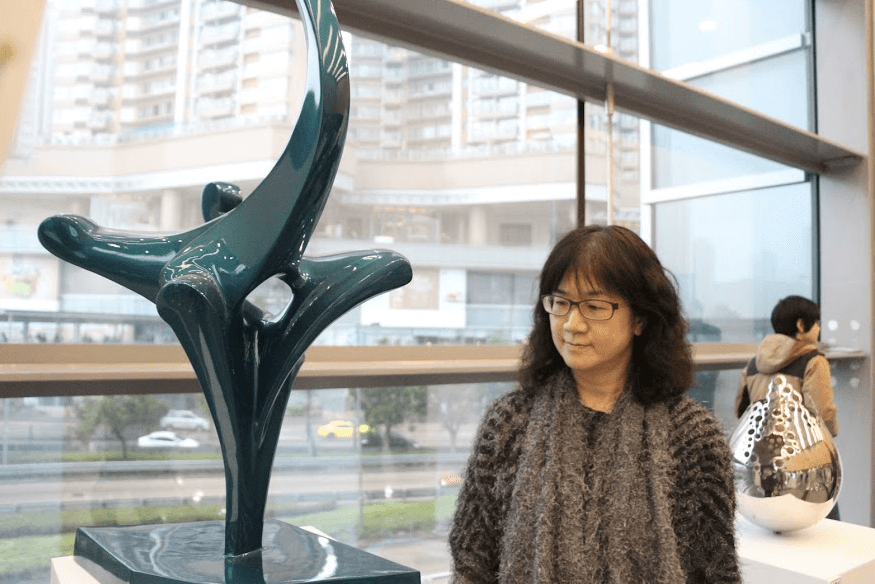

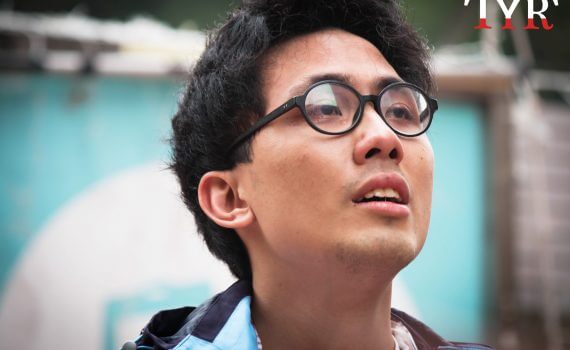

Comments